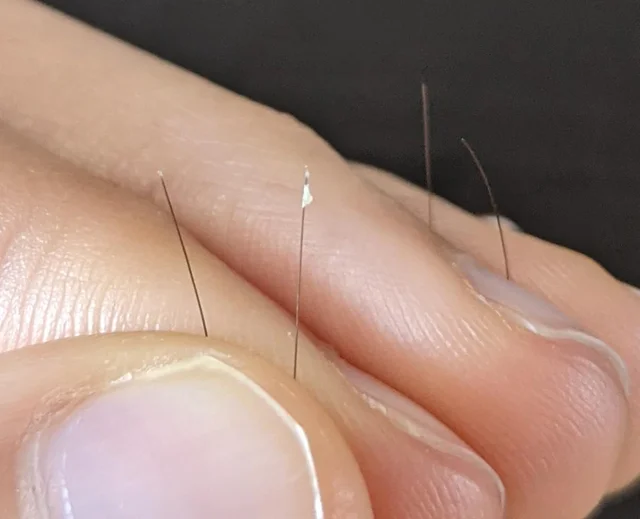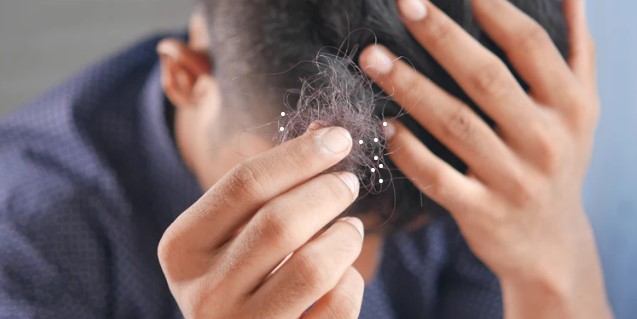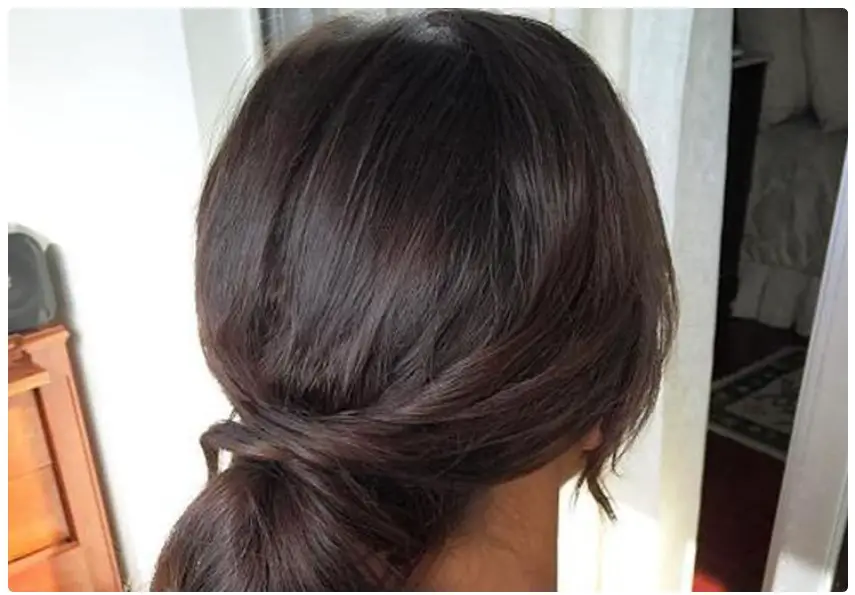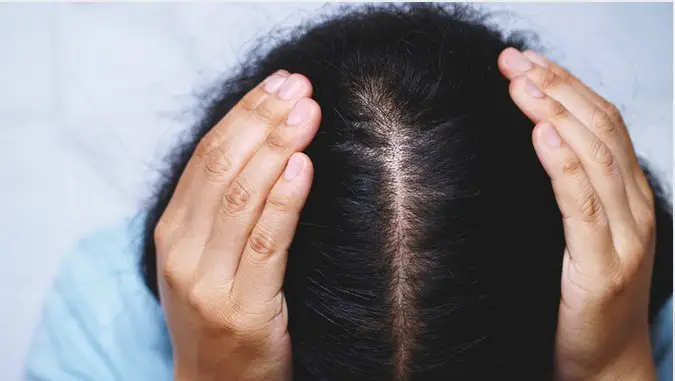Club Hair: What It Is and What You Can Do
Have you noticed the tiny white bulb at the end of hair? Perhaps you’re suffering from hair loss pattern and are showing signs of hair loss regularity, or have a few hair strands on the bed when you awake at dawn, you could have noticed that some of them are adorned with a small white bulb on the end of their lengths. The white bulb at the end of hair is known as club hair. it’s essentially hair that has some protein at the tip that is meant to help root the hair in the scalp. If you lose the hair that is a club, it simply signifies that you’ve lost a bit of hair which is located in the Telogen stage of the growth cycle.
Here’s what you must be aware of about the white bulb at end of hair:
What is the White Bulb at End of Hair?
The white bulb that is located at the ends of the hair an assemblage of protein also known as Keratin. The purpose for the white bulb’s function is to assist the hair follicle’s root reach the scalp, which allows hair to expand until it sheds.

It is important to remember that the bulb in white isn’t the hair’s root itself it is a protein bulb which is present in a particular phase of the hair’s growth cycle. The protein bulb is the closest component to the hair follicle which is attached with the roots.
A few club hairs time isn’t reason to be concerned. However, the loss of a large amount of hair from clubs could be a sign that you suffer from pattern hair loss. It is also one of the initial indications and signs of alopecia which is an autoimmune disorder that causes complete hair loss.
So, don’t panic if you spot the white bulb on the ends of your hair. However, if you’re getting club hairs more often than not, you may need to talk to a specialist in hair restoration who can assist you in coming up with an option that allows you to appear and feel your most beautiful.
What are the Hair Growth Cycle Phases?
A hair that is missing a white bulb at the end is a sign that the hair was in a period of telogen of the cycle of hair growth. To comprehend how your hair grows sheds and grows it is important to understand the different phases of the hair-growing cycle. These phases comprise:
- Anagen The anagen phase is an active stage of growth during which hair cells divide quickly while the length of the hair is decided. The majority of hair follicles stay in the anagen stage for about two to six years prior to moving on to the next stage of the growth cycle for hair.
- Catagen The catagen phase starts when the anagen phase has ended, and is often referred to as a standard stage. Hair strands are in this stage for a shorter duration of time, about one to two weeks. During the catagen stage hair growth ceases.
- Telogen The telogen phase is a period of rest. In this phase, new hair is growing and it is beginning the anagen stage. It pulls the hair away from the follicle by its white bulb.
- Exogen The exogen phase is the time when the hair strand breaks off. It is usually Anagen hair that is immediately replaced it.
Be aware that not every hair will remain in that same stage of growth all at once. In reality, you could lose as much as 100 hair strands per day without experiencing permanent hair loss or pattern loss. At any given moment, around 20% of the hair you have is located in your anagen stage with the rest of the hair hair is in the other three phases of your development of hair.
What causes my hair to fall out with a white Bulb?
If it’s not a frequent occurrence or you don’t notice it on every hair strand which disappears and you lose hair that has an end-of-life bulb of the cycle is normal. It simply means that you lost hair during 3rd phase of development cycle instead of in the 4th phase. Sometimes, there are external factors that may cause the loss of hair. These are:
- Hair damage caused by bleaching, coloring, or excessive use of products.
- Excessive exposure to elements such as sun and temperatures.
- Protein is not enough in your diet.
If you’re finding that your hair is falling out and have the appearance of a white bulb at the end, It could be the right time to consult a hair repair specialist to know what options are offered to you.
Can hair with a white Bulb grow back?
is one of the most popular misconceptions regarding White bulb, is that people think it is the hair’s root. But it’s not the root, but rather the bulb of protein that is located at the bottom of the hair most close to it. Most of the time hair that has a white bulb on the ends of it will develop back, and it is likely to be new anagen hair growing behind it.
What Should I Do If I am Experiencing Hair Loss?
It’s tempting to think that you have to accept the new appearance that is a result of hair loss; however the truth is that you have choices regarding hair loss. If you’re looking for solutions to improve your hair’s appearance, you should consider the laser hair growth devices. This revolutionary technique is a precise application that is applied to the head, causing the appearance of darker and more follicles of hair that are thicker.
It is a method to treat baldness pattern receding lines of hair and visible marks on the head. laser hair growth devices of the scalp can also give the appearance of more fuller and more voluminous hair. For more information on this non-surgical method of grooming your scalp get in touch with stages of balding from England today to schedule your complimentary consultation.
References
- https://www.ncbi.nlm.nih.gov/books/NBK499948/
- https://www.sciencedirect.com/topics/medicine-and-dentistry/hair-growth
- https://www.karger.com/Article/Fulltext/460300
- https://www.aad.org/public/diseases/hair-loss/insider/shedding
- https://www.ncbi.nlm.nih.gov/labs/pmc/articles/PMC6709511/
- https://www.ncbi.nlm.nih.gov/labs/pmc/articles/PMC2938572/#CIT5
- https://www.ncbi.nlm.nih.gov/labs/pmc/articles/PMC7320655/
- AI Powered Bald Filter Online 2024: See Yourself with No Hair! - January 19, 2024
- Harklinikken Bad Reviews 2024: Analyzing Negative Feedbacks - January 18, 2024
- How to Get the Alex Eubank Hair | Step-By-Step Tutorial 2024 - January 18, 2024







